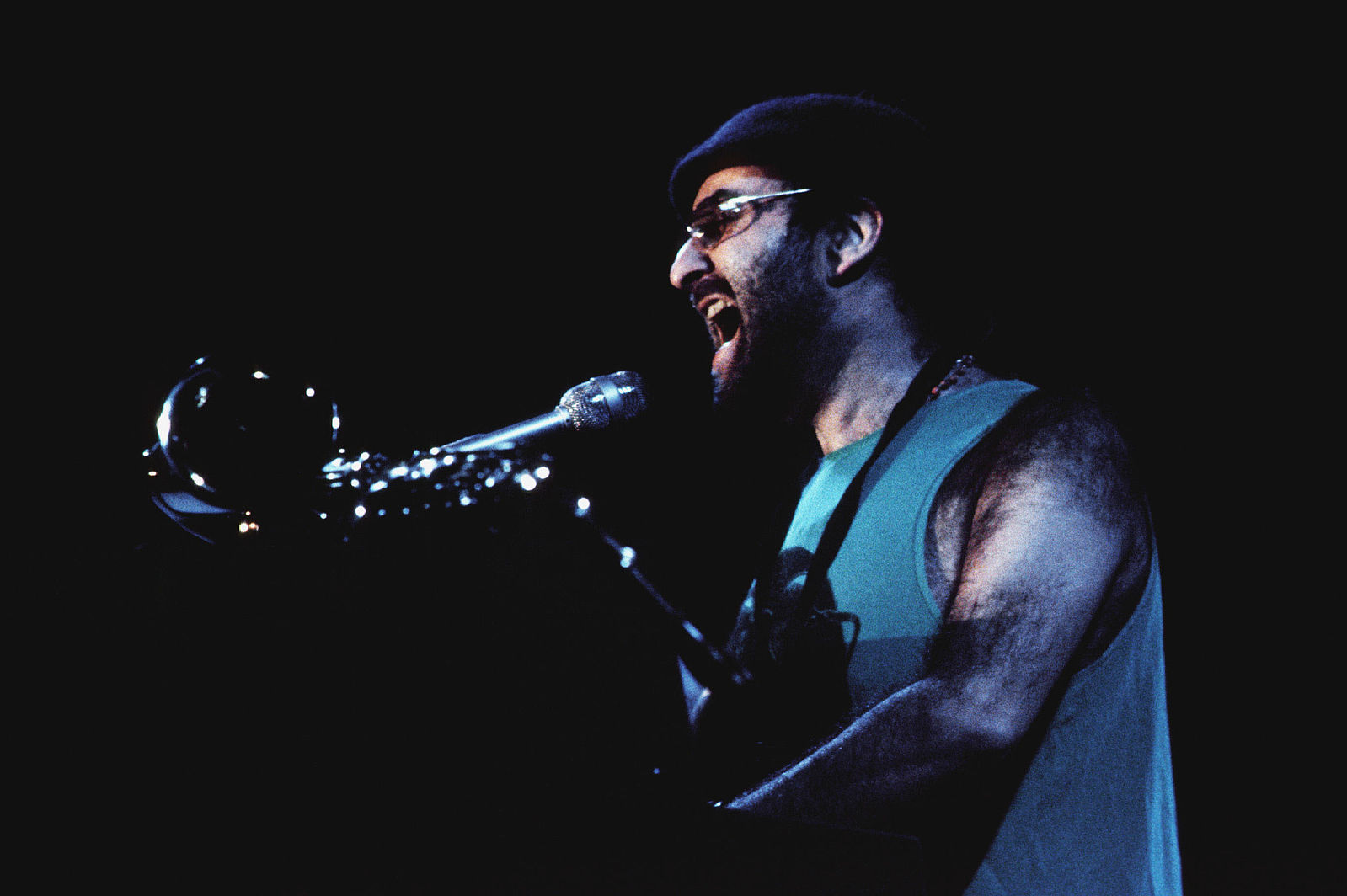Laura Pausini, Eros Ramazzotti, Andrea Bocelli and Måneskin all started their career on the very same stage. But where? For Italians this question is very easy to answer: il Festival di Sanremo. Or ‘il Festival’ as Italians call it as well, because… what else can it be?
Every year, in the second week of February, half of Italy is watching this music festival on television, while the other half is talking about it. It all started in the early fifties, when the idea was born of a competition of songs and singers, that would help people to overcome the tragic memories of the recent war and bring them closer together again. The winner of the first edition on 29 January 1951 was Nilla Pizzi with the song Grazie dei fiori.
https://www.youtube.com/watch?v=4fuyGhGZOlA
It was such a success that it inspired the European Broadcasting Union (EBU) to organize something similar as well in 1956: the Eurovision Song Contest. But that aside, the Sanremo Festival has been an exact photograph of Italian society for 73 years. You want to know what’s going on in Italy? What do Italian think about this and that? Where is the country heading? Watch Sanremo and you’ll know.
Il Festival di Sanremo experienced its golden years in the 1960s, when Italy too was experiencing its boom economico – a period of wealth and growth. With artists such as Domenico Modugno, Adriano Celentano, Gino Paoli, Caterina Caselli, Mina, Bobby Solo and Little Tony, the festival was at the top of its fame. Not just a music event, but THE event.
https://www.youtube.com/watch?v=KbWpGBV4KlA&list=PLbzKaVSuGZeZ2saeLufw7t7tC9xFuFBrD&index=5
In the dark and fearful anni di piombo – the years of political terrorism in Italy, from 1968 to 1980 – Sanremo lived a sad period as well. Italy abruptly awakened from the dream of economic wellbeing for all: there was anger and fear, and the lightness of the songs of the festival didn’t meet with the feelings of Italians at the time.
The beginning of this dark period was marked by the suicide of the singer Luigi Tenco, right after he was excluded from the final competition. He competed with the song Ciao, amore Ciao, together with Dalidà, that told the story of those who had remained out of the economic miracle and were forced to lose their roots by emigrating. A story that the public was not ready nor willing to hear. Not yet, at least.
https://www.youtube.com/watch?v=-jK2QRTeCPY
After the dark years of terrorism and the economic recession in the seventies, it seemed time to be light and breezy again in the eighties. It wasn’t just time to experiment, but time to be bold. In these years, the songs in the competition had a musical quality and experimentation of the highest level, and the performances left their marks on Italian television history. Think of Anna Oxa with È tutto un attimo, Loredana Berté’s Re or Vasco Rossi’s Vita spericolata.
https://www.youtube.com/watch?v=_r7js8xUck8
Since then, the magic keeps coming back every year. There have been more and less interesting years, and songs that secured their place in history and others that lasted for one season only. There have been artists who have been launched high into the sky of the world music scene, such as Eros Ramazzotti, Laura Pausini and Andrea Bocelli.
The festival goes where Italy goes. Also in bad times: when the so-called Tangentopoli scandal happened, a public corruption scandal that brought down the reliability of politicians in the eyes of the Italians, the Festival had been there to tell it, with the legendary song La terra dei cachi performed by Elio e le Storie Tese.
https://www.youtube.com/watch?v=0Cr68hCzJBI
In recent years, efforts have been made to approach the gen Z audience and independent music enthusiasts. Hence the triumph of groups such as Måneskin, La Rappresentante di Lista and the duo Colapesce and De Martino, as well as artists such as Achille Lauro, who never would have found a suitable stage for their performances and music style at Sanremo. But the miracle happened and now Sanremo is as loved by the younger generations as it was by their grandparents in the sixties.
This blog was written by Italian teacher Marzia. The Sanremo Festival takes place from February 7 to 11. Want to get immersed in the most beautiful Italian Sanremo music of all time? Listen to the playlist created by Italian teacher Luca on Spotify:


